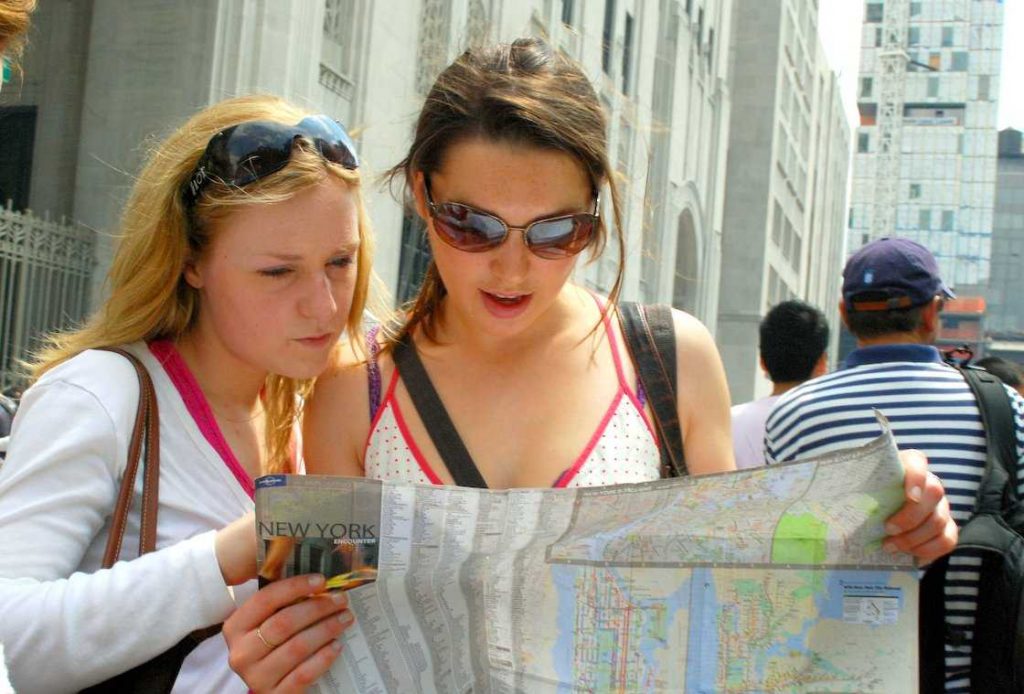
Navigating the streets and the people of New York City is no joke. There’s a reason the city has such a reputation. But the beauty of New York is that, even as a guest, you have no real choice but to be thrown into the madness. It can definitely be intimidating, be we here at ExperienceFirst are here to help. You’ve probably heard countless bits of advice about where to visit, where to eat, where to sleep etc. But these tips are meant to help you tackle the day to day life of the city, the insider scoop that will make your vacation that much easier to enjoy. Plus, you’ll probably blend in a little more and get heckled less by the locals (hopefully).

WALKING:
It seems so simple, it’s like breathing, right? Wrong! Walking properly in New York isn’t like walking down your local street, it’s much more of an art form.
- Rule #1 about walking in New York: DO NOT stop in the middle of the sidewalk. Pull over to the side. Sidewalks in NYC are much like a highway. If you stop in the middle, you will get run over. It’s okay if you want to take a picture or double check your map, just veer to the right or left side and select a spot that is out of people’s way.
- Side Note: Standing in front of a staircase is not considered out of the way, even if it’s to the side.
- Let’s be honest, New York is very fast-paced. As are the people. I once received some advice from a friend. He said “Imagine everyone you encounter [in New York] is five minutes late for something extremely important.” It’s not always the case, but I have found that to be mostly accurate. If you’re a slow walker, that’s okay! No one is going to sue you. Just don’t stand in a straight line with other slow walkers and take up the entire sidewalk.
- If you have never heard of the term “jay walking” you will definitely learn it in New York. Jay walking is when you cross the street without waiting for the appropriate signal or crossing somewhere that is not a cross walk. It was actually illegal in the city at one point in time.
- Most New Yorkers jay walk. You can always tell a tourist when they are patiently waiting for the cross light to turn white without a car in sight. Don’t jay walk when you visit to try and blend in, it can be dangerous in some cases. If you do chance crossing against the light, move like you have somewhere you had to be yesterday.
- Stand on the right, walk on the left when on escalators. It’s a small tip, ignored by locals time and time again, but it will save you a few annoyed glances.

SUBWAY:
What is consistently the most intimidating thing to tourists is, without doubt, the cheapest and easiest way to navigate the city. Don’t avoid the subway!
- Most important subway rule: READ ALL THE SIGNS. Many tourists make the mistake of not listening to the announcements or reading the signs, and then end up in Brooklyn when they wanted to go to Central Park.
- As you walk along the subway platform, you may see some small white posters. READ THOSE TOO! They will notify you of any changes that may be occurring with the trains. These are very important and will save you loads of stress- especially late nights and on the weekends. Just be sure to double check the date at the top as they are often put up in advance.
- Don’t assume the subway runs on a schedule. You will not find a definite printed schedule anywhere. There are electronic boards at each station that will tell you how long until the next train. Plus, plenty of apps you can download that will tell you the waiting times as well. Transit & Citymapper are two of my favorites.
- When asking for directions, most people new to the city will reference the color of the train line. Blue, red, green. Most New Yorkers will know what you’re talking about, but us locals never refer to the train lines by color. We call them specifically by their letter or number. The A line, the B train, the 4, 5, 6 etc. It’s not a big deal, but it helps to get specific.
- If you are planning to use the subway continuously during your stay, it definitely pays to get a weekly unlimited MetroCard. It will save you a good bit of money depending on how often you ride. The unlimited card allows a person to take as many trips as they would like without any additional fares. The weekly lasts for 7 days, but can only be used by one individual per card. The fare is $31 for 7 days, so if you are planning to ride the train more than once each day, it will save you a good amount of money.
- Now for some subway etiquette; DO NOT stand directly in front of the subway doors as they are about to open. This cannot be stressed enough. It would be like waiting right behind a car so you could have that parking spot, it makes no sense and screws everybody up.
- This is a very specific tip, one that describes an instance you might not even encounter. But it will save you big time and you will thank me later. In the summer, the subway platform gets very hot. Chances are you are probably exhausted and are praying for the train to arrive so you can sit down and relax. A train will pull in, and you may notice that every single car is completely full. Packed car after packed car until suddenly you see that the car that has stopped in front of you is completely empty. Is this too good to be true? Most likely, YES. Chances are the reason that car is so empty is because the air conditioning is not working. Sure, you’ll have a seat but you will also be consumed by very thick, hot air. Do not get in that car. I know it sucks, but unless you are only going one or two stops, it is best to enjoy the AC.

TAXIS:
Taxi’s are easy, convenient and a great option for people unable or uninterested in using the subway. But there are some basic rules that should be followed.
- Right off the bat, it’s important to know how cabs work. They are only available if their light is turned on. If you see a cab with no one in it, but no light, it probably means that driver is done for the day and returning home.
- When giving the driver your destination, it is best to use the cross streets. For example, rather than saying 345 East 14th Street, say 14th Street and 1st Avenue.
- Always exit the cab near the sidewalk, not out into the street.
- Look over your shoulder when opening the door to make sure you won’t hit a cyclist or a pedestrian.
- As you are hailing a cab, you may see green cabs driving around. They won’t stop for you. These are specifically for people to use above 110th Street and in the outer boroughs. So if you see one driving around Lower Manhattan, know that it is there to drop someone else off, but is not permitted to pick you up.

DRIVING/BIKING:
Driving and biking within New York are equally pressuring. Most of the skill comes from having respect for other drivers/bikers, following the rules of the road, moving with confidence and always, always, always being alert for pedestrians. That being said, here are some helpful tips.
- If you do decide to rent a bike, or use a service such as Citi Bike, be aware that you are not supposed to ride your bike on the sidewalk. It’s very dangerous. There are bike paths all over the city that are marked for you to ride in. If a street does not have a path, you are still permitted to ride, just be aware of traffic. Also, as a biker you follow the same rules of the road as cars. So if you see a red light, stop. Double check that no one is coming before you just keep riding.
- For those that are used to driving in the U.S., there is one rule in particular that is followed within city limits which might be different from your hometown. NO RIGHT TURN ON RED. No matter what. Even if there is no sign. It’s the law. Why? Well, when you turn there are people crossing the street who have been given the signal to go, and you turning would mean running right into them. Sure, there might be no one crossing, but it is still not permitted.
- When you do have the green light, always be sure to double check for pedestrians before turning. Just as a safety precaution.
- Always be prepared for the possibility of a car changing lanes in front of you. Usually, one would signal or wait for clearance, but many people in the city are aggressive drivers. So it’s best to always expect the unexpected.
- Finding parking in New York is both difficult and expensive. Some apps to help ease your stress: SpotHero & Smooth Parking.
- UBER & LYFT are great apps to download. Both are similar to a taxi service, but with the added bonus of knowing your fare ahead of time and being picked up right where you are. These are handy when you are lost, can’t seem to find an empty taxi, or if the weather suddenly becomes terrible. You also have the option of ride sharing, which does take slightly more time, but can save you money- especially on longer journeys.
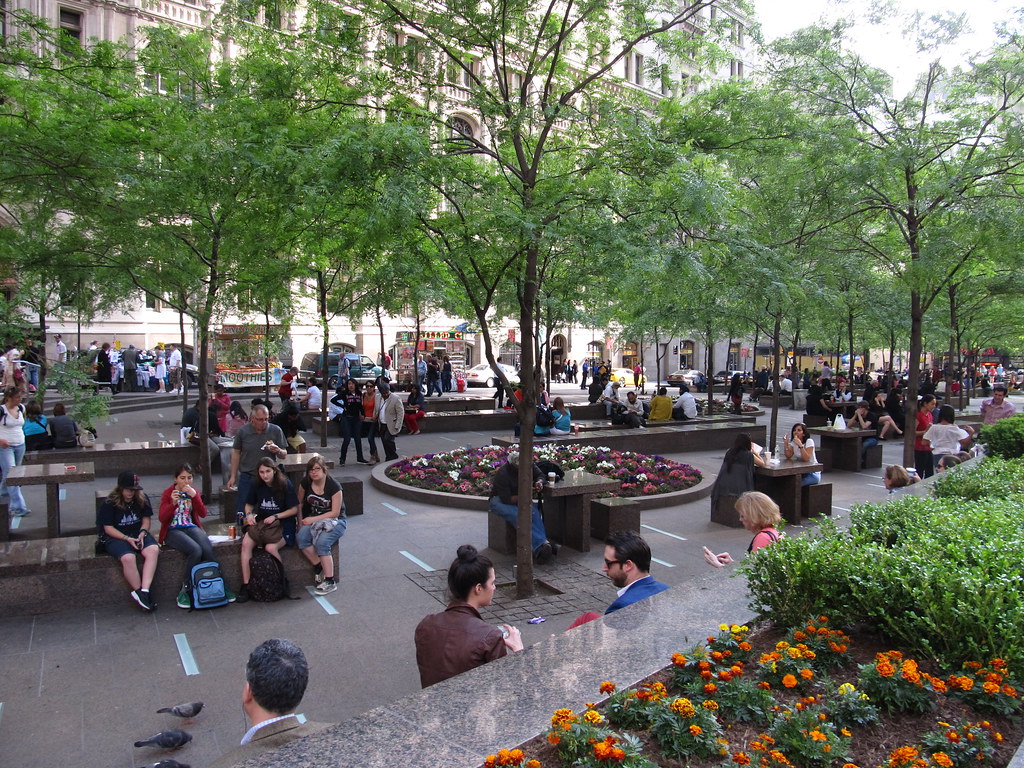
RESOURCES:
These tips will be useful to you throughout the city, in any day to day scenario you might encounter.
- If you need to use the bathroom but you are not in a Starbucks or a restaurant, most hotels will allow you to use their restroom, even if you are not staying in the hotel.
- Note: Not every Starbucks has a restroom. But Whole Foods and Panera Bread usually do.
- It is usually a given, but make sure to bring comfortable shoes. Not brand new, fashionable footwear. Something that has already been broken in and that you know can last long walking days. If you do find that your feet are blistering, buy some moleskin from the drug store. It works better than a band-aid, especially for heavy amounts of walking.
- General rule of thumb: 1 mile = 20 blocks or 10 avenues.
- It will definitely be beneficial and helpful to you if you have some sort of data plan which can allow you to access things like Google maps. If that is too costly for you, not to worry- Starbucks will always have free and (usually) reliable wifi.
- POPs= Privately Owned Public Space. These will be your life saver. POPs are areas of New York, both indoor and outdoor, that are privately owned, but accessible to the public without any type of membership or fee. These are great if you are looking for a place to sit and eat, a place to figure out your next plan, or even if you just need a place to rest your feet for five minutes. They will be of great use to you in times when you need a seat but there are no benches or parks nearby.
- Finally, but most importantly, USE NEW YORKERS AS A RESOURCE. If you need directions or have a question, do not be afraid to talk to a local. When you need help, just ask. New Yorkers are not mean people. There are rude people in every city. If you encounter a jerk, move on. Brush it off and ask someone else. Not everyone is like that. BUT, do not start your sentence with “Hey, do you have a minute….” or even “Hey. how you doing today?” Someone might think you are selling something. Just politely go up, and ask the question right from the start. “Hey, which stop is closest to the Empire State Building?” “What’s the quickest way to Central Park from here?” It might feel rude, trust me, it’s not.
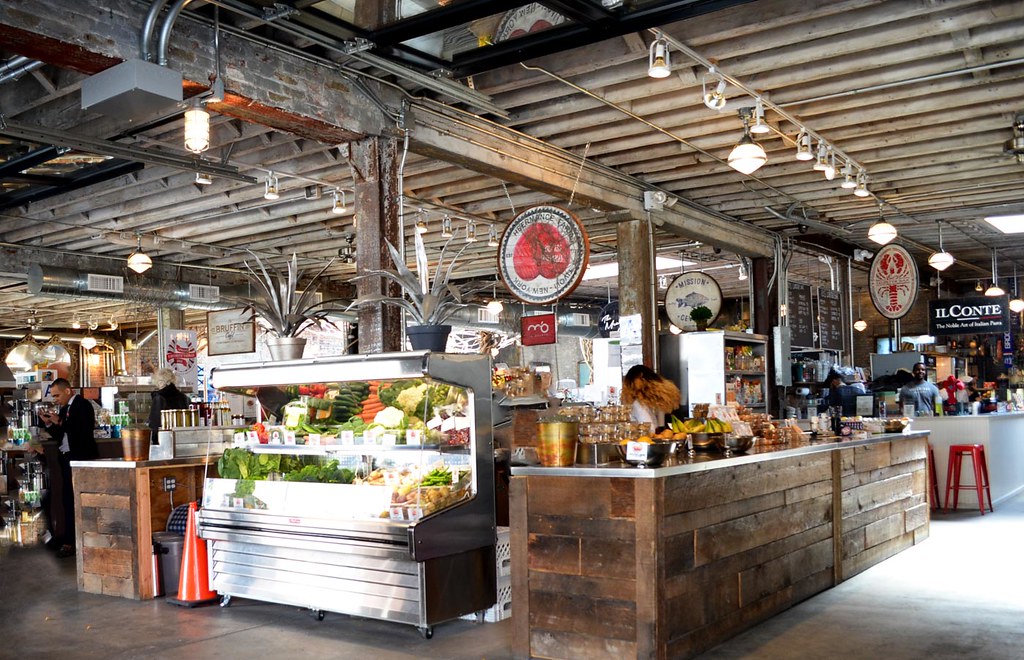
WHERE TO GO/WHAT TO DO:
You’ve probably read and heard all sorts of opinions about what you should see in New York City, but the truth is, only you can decide what you would enjoy the most. But here are some general tips to help you narrow down that list.
- Don’t avoid the “touristy” attractions just because people tell you to. If it sounds fun or interesting to you, do it. At the same time, make sure you take some time to discover the more local side of New York.
- Don’t ignore the outer boroughs. Get out of Manhattan. At the very least, take a walk over the Brooklyn Bridge and spend a couple of hours in Brooklyn Heights. NYC is so much more than midtown Manhattan.
- There are plenty of low-cost/free attractions and cultural sites, just do your research and I guarantee you will find some.
- If you can, avoid eating at a hot dog cart or at any fast food places. They’re quick, but a waste of your time and money. You can go to McDonald’s at home and hot dog carts overcharge you significantly, especially in places like Central Park. Keep in mind, not all food carts are hot dog carts. Some of the best food in New York comes from these hidden gems, just avoid those that are boiling those skinny meats passing as hot dogs. General rule of thumb: if you can go there at home do not go there in NY.
- TKTS offers day-of-show discounts on Broadway tickets. They have 4 ticket booths throughout the city. You can check the live listing of what is being sold here. The Times Square booth offers the most selection by far, but since it is the busiest, they might not have what you want when you get to the front of the line.
- TodayTix is another great option for discounts. Unlike, TKTS you can do it all from your smartphone. No waiting in line necessary. Just download the free app and check out their dashboard of discount tickets. Another bonus of the app is the ability to buy tickets a couple days in advance. This allows for more flexibility and planning.
- Can’t afford Broadway? Try Off-Broadway or even Off-Off broadway instead. The headliners may be expensive or packed but there are lots of great smaller venues and performances in the city.
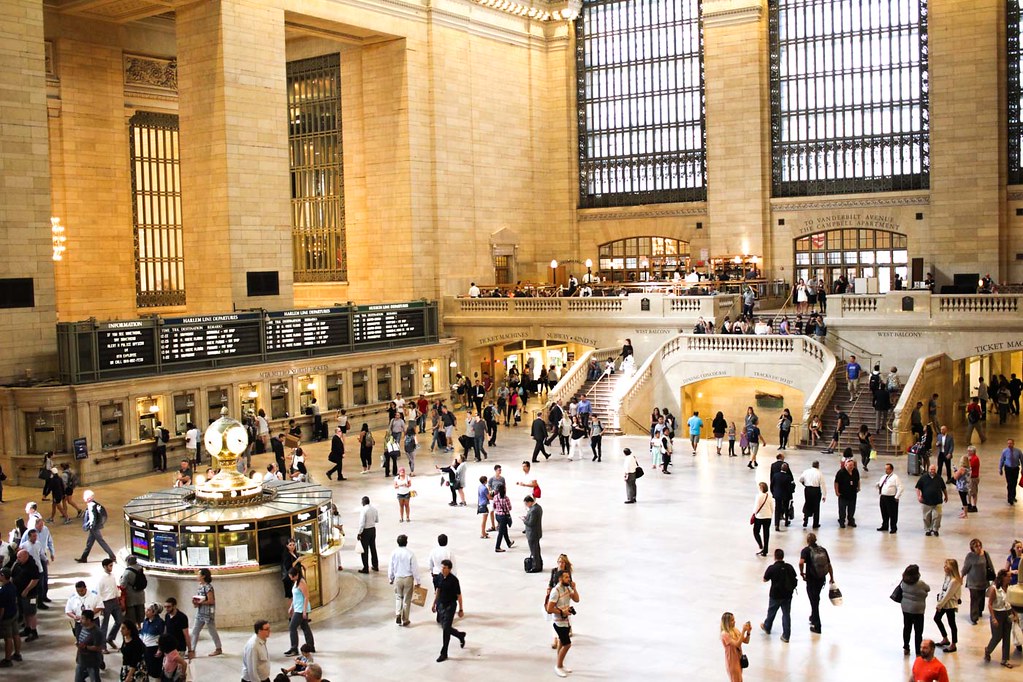
PLANNING AHEAD:
These tips will save you loads of daily stress, and possibly money as well.
- Don’t worry so much about the size of your hotel room. It’s going to be small. No one should come to NYC for a nice room, you should be out and about anyway. Spend the good money on things to do, not a room you will barely use.
- TRIPLE check the weather, and always be prepared for the worst. Bring extra socks, gloves, hats, etc. in winter and make sure to bring sunscreen and water in summer. Always always always have an umbrella, or at least an emergency poncho. You can never be too prepared for the weather.
- Most places in New York will accept a credit card, buy a few will have a credit card minimum. It’s always best to have at least some cash with you. I usually carry somewhere between $20-40 dollars at a time.
- It’s a good idea to invest in a portable charger, so you don’t have to waste time finding a place to charge your phone or stressing about how much battery is left.
- Purchase tickets in advance! As much as possible, if you want to visit museums and other attractions. It will save you time and allow you to enjoy your day rather than waste it standing in line.
- Double check the hours of the places you want to visit in advance. Monday is dark on Broadway and many museums as well. See what the attraction’s hours are, as many offer one-night-a-week evening hours or may stay open surprisingly late.
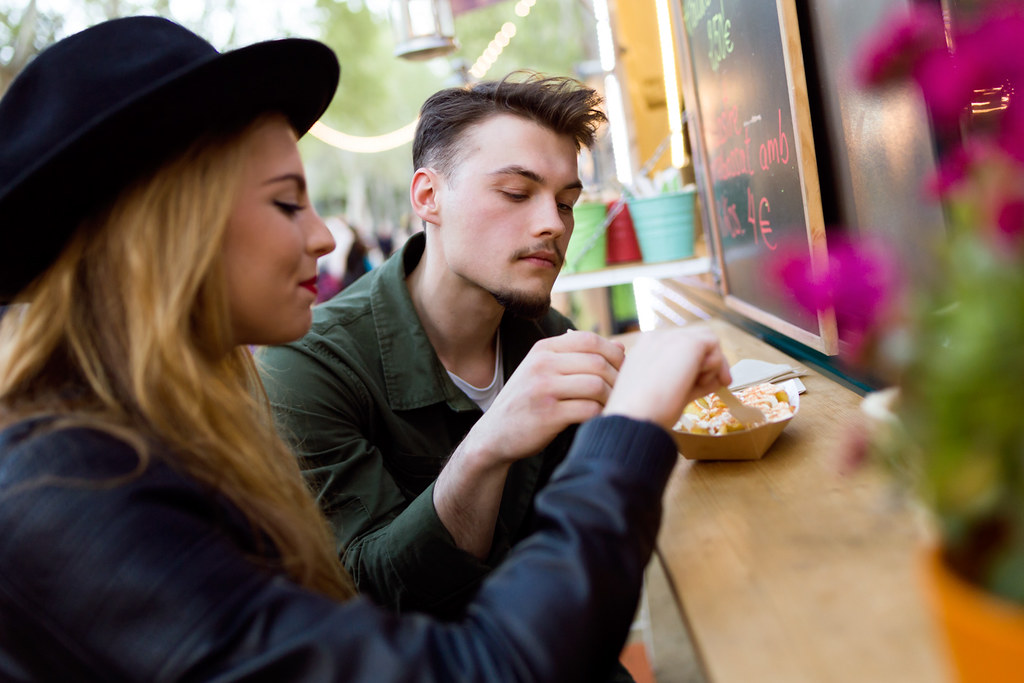
MISCELLANEOUS:
Other tips that couldn’t fit into a category….
- Houston Street= “How”-“Sten” Street
- You can be just about anywhere in lower and midtown Manhattan at night and feel safe walking down the street.
- Many hotels will have rooftop bars, some accessible without a fee.
- You are under no obligation to take anything from people that you run into on the street. If they hand you something and ask for money in return, give the item back. There is no requirement of you to pay.
Interested in learning even more about navigating the city? Join us here at ExperienceFirst for New York City tours with one of our expert guides. Gain the insight and wisdom that only a local can offer!